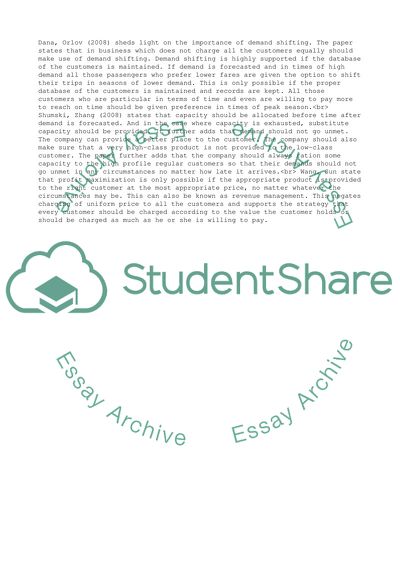Cite this document
(Operations Management: Easy Jet's Capacity Management Term Paper - 1, n.d.)
Operations Management: Easy Jet's Capacity Management Term Paper - 1. Retrieved from https://studentshare.org/management/1752991-operations-management-easy-jets-capacity-management
Operations Management: Easy Jet's Capacity Management Term Paper - 1. Retrieved from https://studentshare.org/management/1752991-operations-management-easy-jets-capacity-management
(Operations Management: Easy Jet'S Capacity Management Term Paper - 1)
Operations Management: Easy Jet'S Capacity Management Term Paper - 1. https://studentshare.org/management/1752991-operations-management-easy-jets-capacity-management.
Operations Management: Easy Jet'S Capacity Management Term Paper - 1. https://studentshare.org/management/1752991-operations-management-easy-jets-capacity-management.
“Operations Management: Easy Jet'S Capacity Management Term Paper - 1”, n.d. https://studentshare.org/management/1752991-operations-management-easy-jets-capacity-management.


